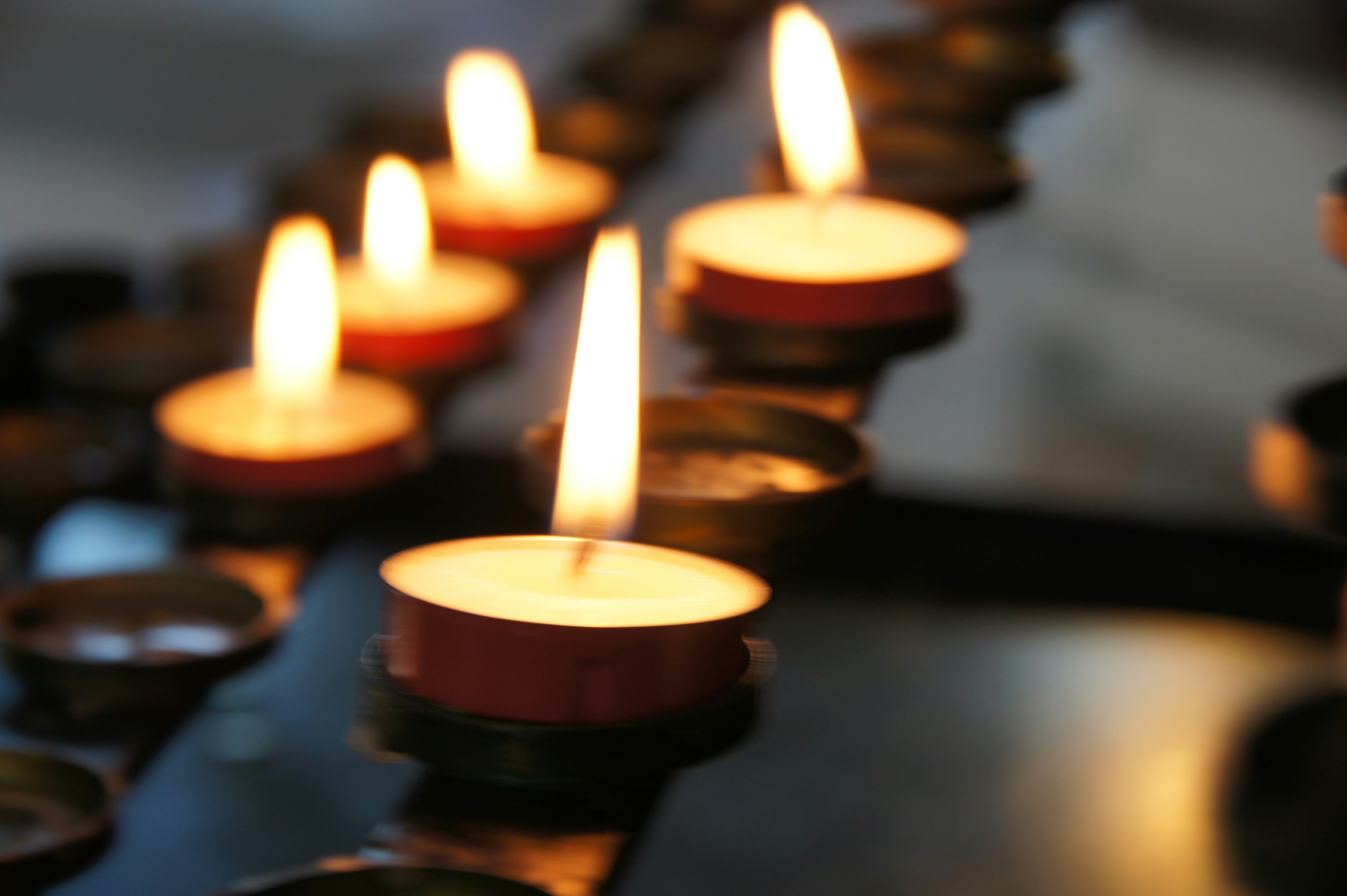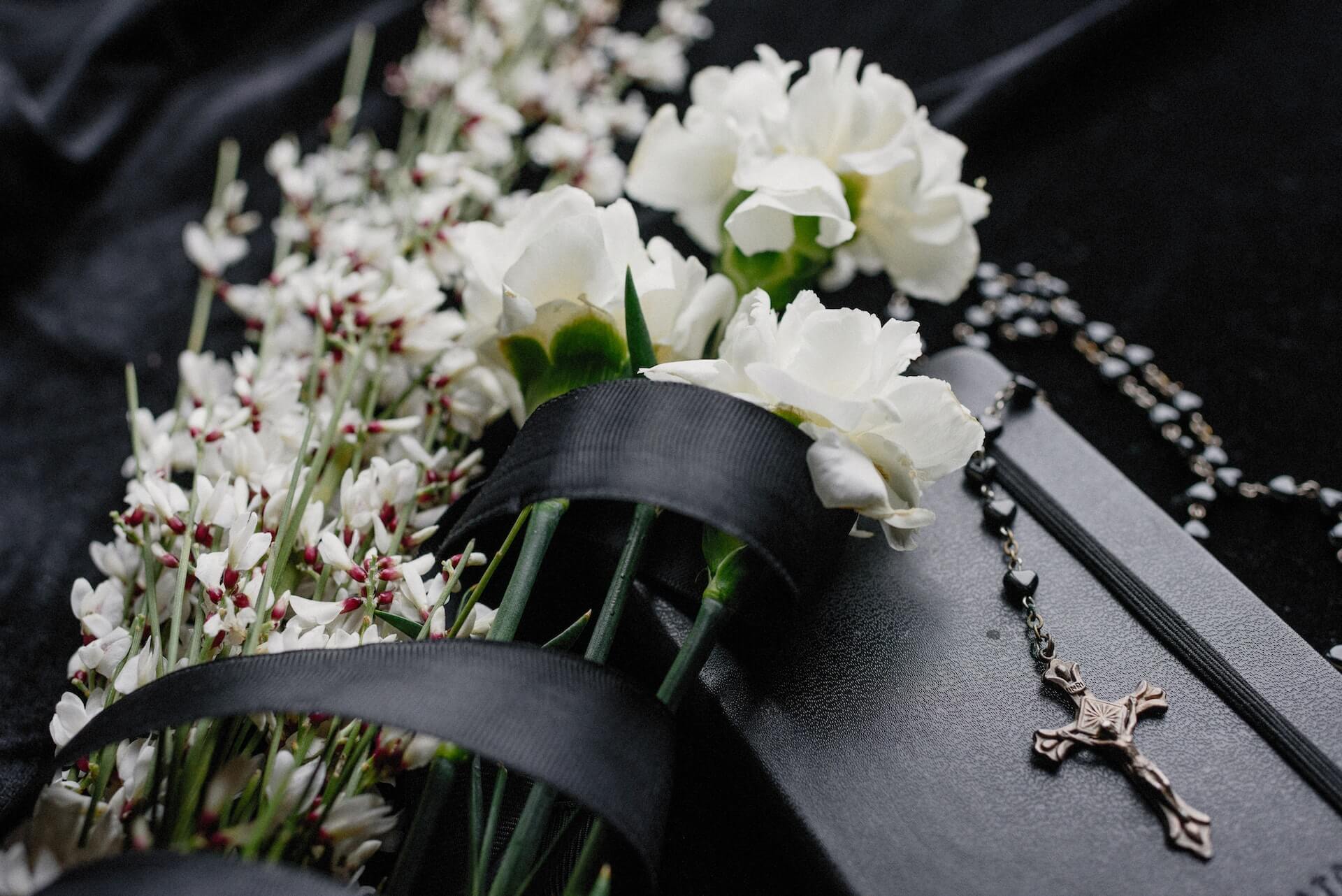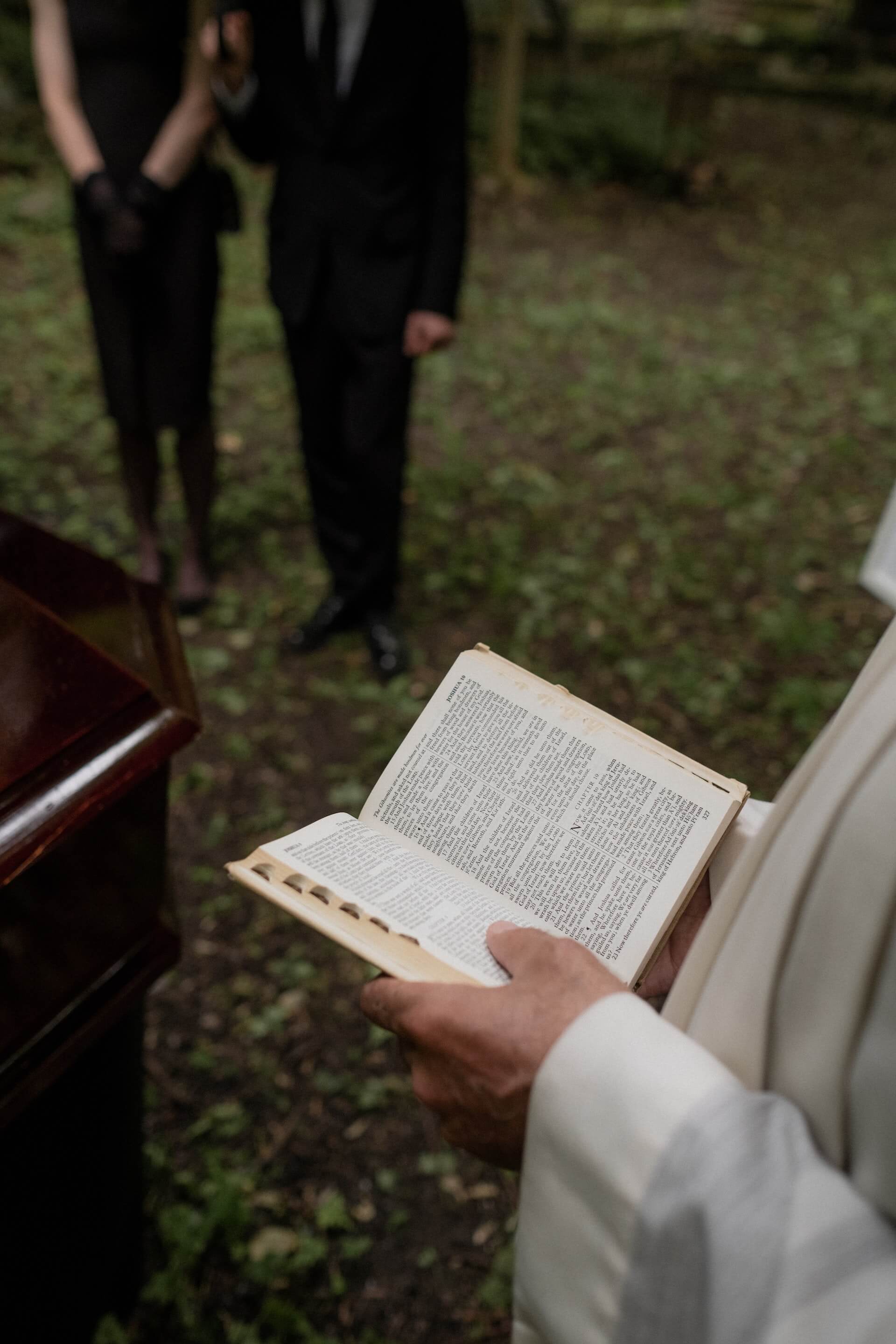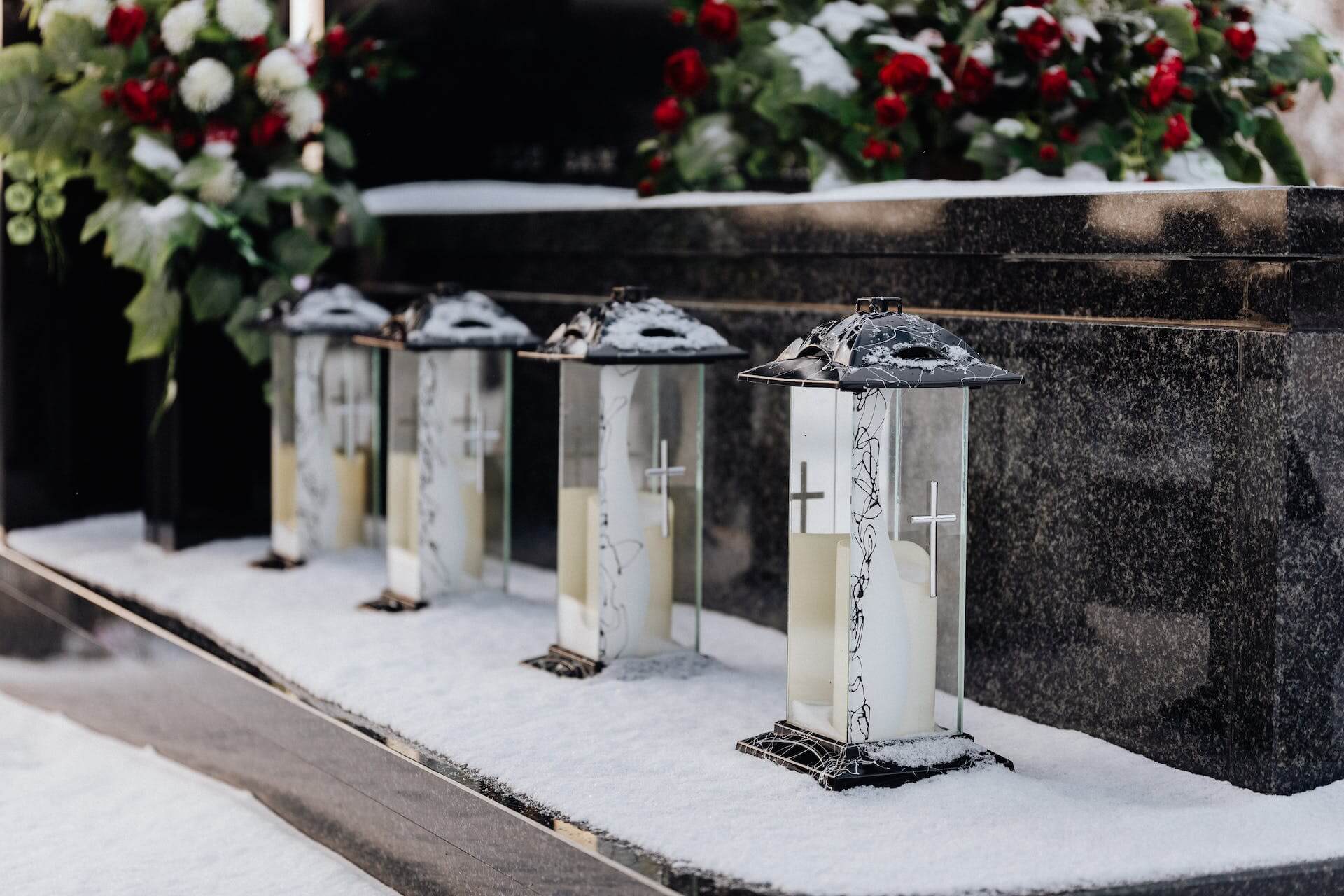
What is an anonymous burial
Things to know about anonymous funerals
Paying your last respects to someone - most people in our part of the world equate this with a traditional funeral and memorial service. Regardless of whether the focus is on a burial with a grave or whether the bereaved or the deceased themselves have opted for an alternative with an urn or gemstone. A special form is the anonymous burial. But what exactly is it? What are the reasons for this option? And what are the special features of an anonymous funeral? The following blog post sheds some light on this.
What is an anonymous funeral?
An anonymous funeral is a nameless burial. This means that no name is given at the burial site, such as the grave. However, some cemeteries of this type have a central memorial plaque or a specific place where flowers, grave decorations or other personal items can be placed.
Anonymous burial: special features in terms of procedure
We have summarized the key differences between a traditional burial and an anonymous one in terms of procedure here:
Type of Burial: An anonymous funeral usually involves a cremation with an urn, though some cemeteries also offer anonymous burials in a coffin. Such a grave site is subsequently covered with grass.
There is also the option to place the urn in a forest cemetery or to carry out an anonymous sea burial – for example, with urns that dissolve in the water after a few days.
Grave Design: People who opt for an anonymous burial are laid to rest in an anonymous grave. These are communal graves where several individuals are buried. Usually, these graves do not have individual memorial stones, or there may be plaques, but these refer to the grave as a whole.
This also means that anonymous graves cannot be individually designed. This can sometimes complicate the grieving process. On the other hand, this also eliminates the need for grave maintenance, which can be particularly advantageous for relatives living far away.
Funeral Service: In an anonymous burial, the ashes of the deceased are usually interred without a funeral service. However, those who wish to organize one can do so without any issues. Typically, the relatives say their goodbyes to the deceased at the funeral home or crematorium. This turns an anonymous burial into a semi-anonymous one.
Participation: In an anonymous funeral, there is also usually no participation by the relatives. To ensure this, the place and time of the burial are not disclosed, and the grave site is not marked. This means: The position of the urn or coffin is anonymous, thereby eliminating a specific place of mourning. Likewise, there are no obituaries published.

Reasons for an anonymous funeral
The reasons for an anonymous funeral are manifold: For many people, the financial factor plays a major role, as this option is cheaper since costs such as grave maintenance or funeral services are omitted.
Similarly, anonymous burials mean less work – not only in terms of organization, but also in terms of grave design and planting.
Additionally, a certain protection of the deceased from the public can be a decisive aspect. For example, if it was someone who was highly polarizing, committed a crime, or was not accepted by a large group of people, this path might be the right one.
Closely related is the protection of the surviving relatives – they too could be exposed to hostility, which can be avoided with the changed proceedings of an anonymous funeral.
Finally, this form of burial also protects against grave robbing and body theft. But also war victims or people who perished in natural disasters often find their final resting place in an anonymous grave, where non-identifiability can play a role.

A compromise: the semi-anonymous funeral
As briefly mentioned earlier, there is also the option to choose a semi-anonymous burial. In this case, the names of the deceased are listed on a plaque or at the edge of the grave field. Relatives can also be present at the burial.
Although they do not know the exact position of the urn or coffin, there is still a specific place they can visit to remember the deceased.
The final resting place is individualWhether it's a conventional burial, an anonymous or a semi-anonymous one – it depends on many factors. It is important that you make the decision without being influenced by anyone else. Because both grief and personal preferences are deeply individual.
Those who prefer to say goodbye in a small circle of loved ones, avoid onlookers, and do not want to deal with grave maintenance later, might choose an anonymous funeral.
However, those who prefer the traditional way, a fixed mourning site, and a large ceremony, opt for a conventional funeral.
Furthermore, there is the option to create lasting memories of loved ones and animals with the help of a Mevisto gemstone. All we need for this are just 50 to 100 grams of ash or 10 grams of hair. Made with great attention to detail and guaranteed to be distinctive, our sapphires and rubies are keepsakes for eternity.

